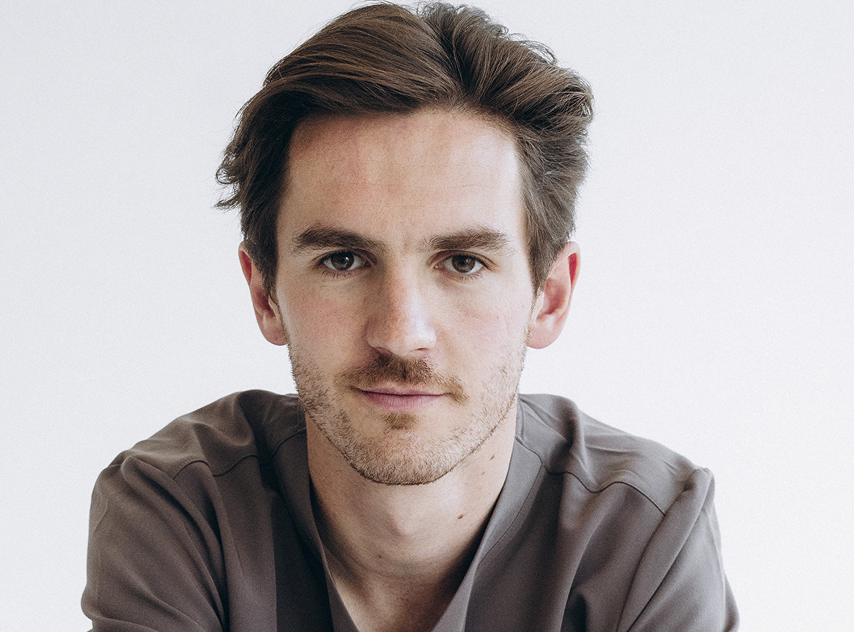
Raising the bottom of the maxillary sinus
Dental implants give many patients a chance to return to normal functioning. They restore the former functionality of the jaw and lower jaw, and with them — self-confidence. Unfortunately, not everyone can undergo implantation in a standard way. As with many other conditions, with toothlessness there are factors that make it difficult or even impossible to screw in the implant. One of them is the low-set bottom of the maxillary sinus, which prevents the implant from stabilizing properly. Fortunately, modern medicine has an effective solution - the procedure for raising the bottom of the sinus.
What are the maxillary sinuses?
The maxillary sinuses are paired pneumatic cavities located on both sides of the jaw, above the roots of the upper teeth. They are separated from the teeth by bone tissue with a thickness of several to a dozen millimeters. The inside of the sinuses is lined by a mucous membrane that protects them from infections. In some people, the tops of the tooth roots can be very close to or even within the sinus, covered only by a thin layer of bone or mucous membrane. The system of the maxillary sinuses is individual and varies from person to person.
Causes of low-seated sinus bottom
A low-seated sinus floor may be an anatomical feature of a given patient — a natural developmental condition. Differences in bone thickness and the arrangement of anatomical structures have an impact on the possibilities of implant treatment.
Another cause is bone atrophy after tooth loss. The absence of mechanical stress causes a gradual atrophy of the jaw bone and a lowering of the sinus floor. As a result, the thickness of the bone tissue may be too small to safely place the implant. If the distance between the bottom of the sinus and the alveolar bone is 7 mm or less, it is necessary to raise the bottom of the sinus, since it is unacceptable to screw the implant into the lumen of the sinus.
What is the lifting of the bottom of the maxillary sinus?
It is a surgical procedure that involves the introduction of bone replacement material under the sinus mucosa, which restores the alveolar bone. This results in an additional thickness of the bone — usually around 3 mm or more — which allows the implants to be firmly seated.
We distinguish two methods of raising the bottom of the bay:
Closed technique
Used with a small need for reconstruction (2—3 mm). Through the alveolus, a puncture is made into the sinus, and then bone-like material is introduced, “concave” the bottom of the sinus. The method is minimally invasive and allows simultaneous implantation of the implant.
Open Technique
It allows for greater bone reconstruction — up to 10 mm. A small window is made in the side wall of the sinus, through which the mucous membrane of the sinus is dissected. Bone-like material is inserted between the membrane and the bone and the opening is closed with a barrier membrane. This method is more invasive, but gives more opportunities for recovery.
The choice of method and course of treatment
The choice of technique depends on the individual situation of the patient and the amount of bone available. It is necessary to take a tomographic picture, which will allow you to accurately assess the anatomical conditions.
The procedure is carried out under local anesthesia. After the bone is exposed, appropriate access to the sinus is made and bone-like material is introduced. The wound is then sutured. The procedure usually lasts from 1 to 2 hours, and the patient can return home the same day.
If you have questions or would like to schedule a consultation, feel free to contact us!
Content author

Dr. Jan Kempa
Dr. Jan Kempa is a passionate dentist who always cares about a good relationship with patients. His positive attitude makes even the most timid patients feel safe. He specializes in implantology and dental surgery, using modern treatment techniques. He is enthusiastic about using his own tissues to rebuild bones before implantation and to cover gum recession. Dr. Kempa always finds the time to listen to the patient and offers individual solutions.

Start treatment already today!
Make an appointment and discover why our patients recommend us to their loved ones. We will take the utmost care of your smile.


